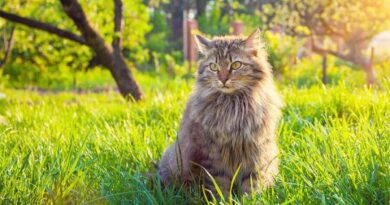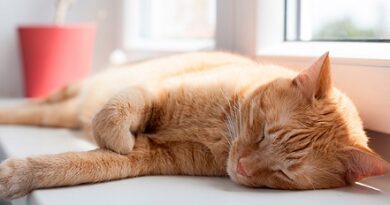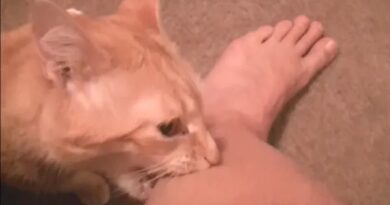Curiosities of cats
Curiosities of Cats
The cat is one of the most fascinating animals that can exist. That is no secret, much less for those people who are lucky enough to live with one (or more). But, do you really consider that you know these cats perfectly? These cat curiosities may surprise you!

Cats are one of the favorite pets and it is not surprising. When one of them comes into our life, we must do everything possible to make it healthy and happy. To do this, we have to know all your needs.
However, getting to know an animal also implies discovering those most curious facts about it. Take note of some of them!
1. They are capable of making many sounds to communicate
Perhaps for you it is just a meow or a purr, but the truth is that cats can emit about 100 different vocalizations with which they communicate with each other and with us.
Also, curiously, when they «talk» to each other, they make fewer sounds than they use when they want to «say» something to us.
2. Your nose is your fingerprint
This is one of the curiosities of cats that they share with dogs.
As you know, each person has a unique fingerprint that makes us identifiable.
Cats, for their part, do not have that footprint on their paws, but their nose is unique in each specimen, the same thing that happens with the canine truffle.
That is why it is said that his nose is the equivalent of our finger print.
3. They have better night vision than ours
Have you ever wondered why cats’ eyes glow in the dark? The reason is that in the eyes of cats there is a layer called the tapetum lucidum, which is responsible for reflecting light on the retina and creates an effect similar to reflecting light twice.
This is also what allows them to see better in the dark than we do. Specifically, when there is dim or dim light, they see 8 times better than humans. Of course, it cannot be said that they see in total darkness.
Curiosities of Cats
4. Their whiskers have a mechanoreceptive function
Cat whiskers, called vibrissae, are much more than long hairs. These are located not only on its muzzle, but also above its eyes and on its chin.
Well, the vibrissae have sensory receptors at their base and fulfill a mechanoreceptive function, which allows them to identify nearby objects, movements, maintain balance or measure a space.
In fact, they are a great help, for example, to move in total darkness without bumping into everything.
5. They knead us to show us affection
When cats are puppies, they develop the habit of kneading their mothers’ teats with their paws to stimulate milk production while they eat. This movement for them is natural and not only serves to feed them, but also strengthens the bond between mother and children, and gives them a sense of security and well-being.
Well, when they are adults and they knead on people or objects, what they are showing is their tranquility and happiness at that moment. Therefore, if your cat kneads you with its paws, it is indicating that it feels safe and happy by your side.
6. They prefer moving water
Perhaps you have noticed that your cat takes the opportunity to drink water every time you open a tap. This has an explanation and it is that most cats do not like to drink stagnant water.
They prefer the one that is in motion, since this is cooler and without pathogens. Hence, among the types of drinking fountains for cats that exist, those that are of the fountain type are usually the most successful among cats.
7. Yes, cats sweat.
Just because you don’t see sweat running down your cat’s body when it’s 40°C doesn’t mean your cat doesn’t sweat.
It does, just less often than people and in very different ways. This is because cats’ sweat glands are located on their chin, lips, anus, and especially the pads of their paws.
8. His body language is incredible.
As mentioned above, the vocal language of cats is very broad. However, when it comes to communicating, especially with humans, body language is much more relevant.
This is one of the curiosities of cats to which we must pay more attention, because with their postures, facial expressions, etc. we can know what they mean to us.



